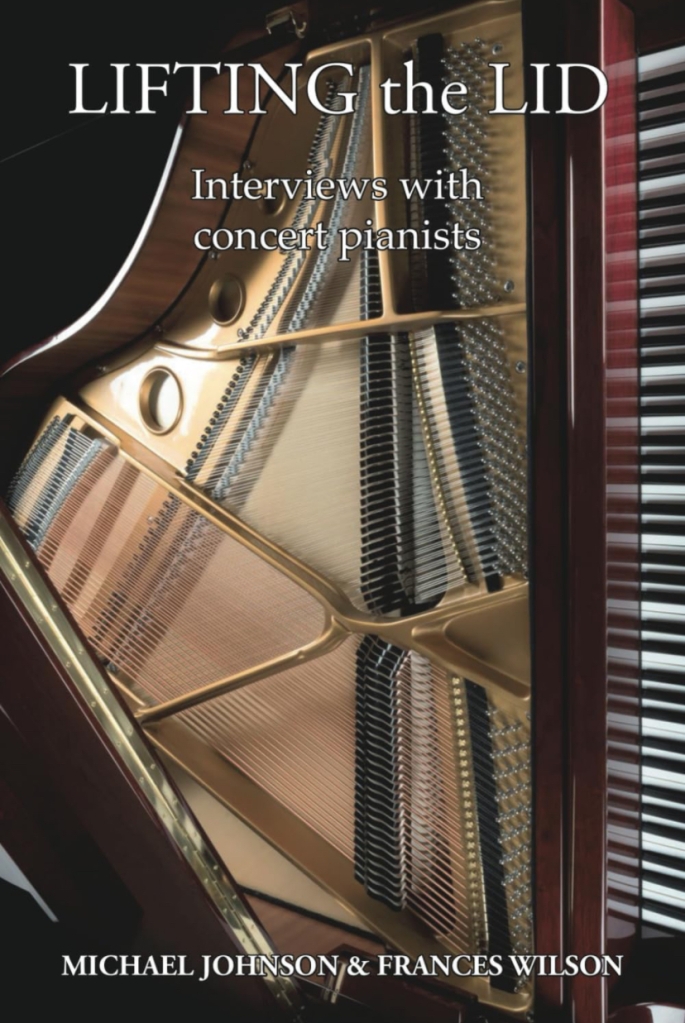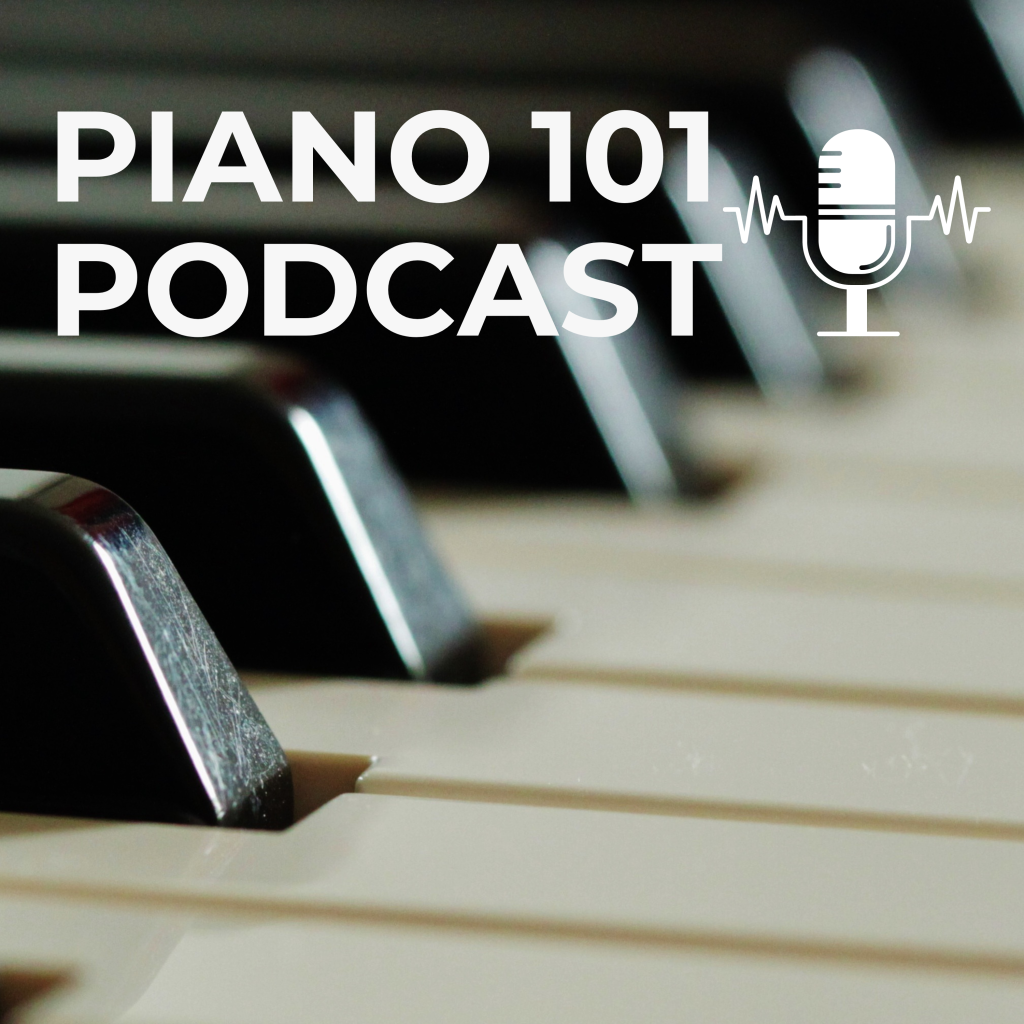An interview with Ruth Phillips, cellist, teacher and creator of Breathing Body, Breathing Bow workshops for cellists and other musicians

Who or what inspired you to take up the cello and pursue a career in music?
My mother is a music teacher and my father a painter. I started the cello at the age of 4 and had to get up every morning to practice before school. To be honest I remember it being excruciating. I was so uncomfortable in my body for so much of my childhood and early teens that I was unable to feel much connection to the instrument. To this day, I do not know how much the hours of practice on the instrument during those and even some of the subsequent years served me. However, singing and being immersed in music as a language from so early, having it be a source of community and communication, at first in the family and, later, on music courses, in chamber music and orchestras, was something from which I could not, initially, turn away and which, ultimately, I chose as a way of life. Career is a funny word…At the time I would have been ‘choosing a career’ I simply followed my heart and did that which I loved. Both my parents did that. My husband and I do it. I suppose, fortunately, I have never known anything else.
Who or what have been the most significant influences on your musical life and career?
I was a friend (and fan) of Steven Isserlis from a very early age – way before he was famous – and I attended the Cello Centre run by his teacher Jane Cowan both in London and at Edrom. If anyone breathes through their instrument in my opinion, it is Steven. That pretty much set the bar for me, though playing so effortlessly and with such apparent joy was an alien concept for a long time to come. Other inspiration was largely drawn from the extraordinary experiences I had year after year at the International Musicians’ Seminar at Prussia Cove, with Sandor Vegh, Andras Schiff, Daniel Phillips and Johannes Goritzki, and later my wonderful teacher in the US, Timothy Eddy. What touches me is that every one of these people goes back in some way to one person whom I sadly never met or heard play, but the great grand teacher of so many of us – Pablo Casals. I was incredibly lucky to play in the Chamber Orchestra of Europe for eight years under conductors such as Claudio Abbado and Nikolaus Harnoncourt and there are other things too, … standing on a street corner in Bamako (where my son was born) singing and dancing, African drumming, looking at the waves, writing a poem, watching my husband paint….it’s all connected.
What have been the greatest challenges of your career so far?
For musicians, a sense of belonging is important and yet as a freelance musician, that sense can be elusive. One is so easily replaceable, indeed so often replaced, and usually without explanation or a chance to evolve. It is hard not to take this personally (and of course sometimes it is personal) and thus become less and less confident even as one gains experience and ease on the instrument. The challenge seems to be to develop an inner confidence and be true to one’s voice. Now, approaching my mid-fifties, I, along with many of my colleagues I believe, am facing the challenge of moving gracefully into the latter part of my life as a musician. For me, this is about continuing to play whilst allowing the world of concert touring to flourish largely without me, turning my energy instead towards holding and passing on something of that which I have been so lucky to have been given. Happily this period coincides with having a young child late in life so it’s quite a relief on all fronts!
How did you develop your Breathing Bow technique?
I mentioned Steven Isserlis and most of my life has been spent trying to understand how his exquisitely breathing bow worked (because I don’t think he really understands it himself, it’s so natural!). His teacher Jane always spoke about winged bowing which was an important key, but learning how turn the lock and open the door took the next two decades and I am of course still learning.
When my beautiful Banks cello on which I had played all my life was smashed into a hundred pieces on tour with COE in 1989, I was forced to face the fact that it is not the cello but my body (and heart and spirit if you like) that is the instrument through which to express the music. The trouble was, I wasn’t in any way connected to my body. That was a point of breakdown, my starting point, and the point at which I went to study in America.
Since that fateful day, there have been several moments and elements that have come together to influence my approach. The first was my teacher Tim Eddy saying to me in my first lesson ‘Ruthie, something has to move inside you for you to be moved to play‘. It took me the next four years to understand and experience the truth of this, but that phrase changed my direction completely. Initially I became interested in Alexander technique and had a teacher come out to Stony Brook to work with all the string players. Then, on my return to the UK, having developed a frozen shoulder and been told I would never play again (doctors should get some counselling on how to deal with such situations!), I started practicing yoga and was lucky to find a teacher, Peter Blackaby, who revealed to me how movement happens in release, and how that release is connected to the breath. This, itself a mindful practice, led to practicing meditation.
Though I work happily alone, I am lucky to have two dear friends, also cellists, with whom I collaborate, one an Alexander teacher (Dale Culliford) and another a yoga teacher (Jane Fenton). I love working alongside them and increasing my own awareness at the same time, keeping my approach alive and changing rather than fossilizing into a technique. I hope to enjoy other collaborations in the future. For example, I’d love to work with a Feldenkrais teacher.
How has this technique helped you as a musician, performer and a teacher?
At university in America where I performed solo for the first time (having sneakily avoided it until then!) I suffered terribly from stage fright. Before my degree recital I actually thought I was going to die. I have since found out of course that I am not alone with having had these feelings. It’s helpful as a teacher to know that place first hand and, also, to know that it is not something one needs to suffer at all, let alone in silence. Having come through that myself I know that stage presence is something one can practice, just as one practices vibrato. I am now happier on stage than anywhere else. (Well, apart from watching my six year old son make fresh tagliatelle for 25 people!.)
How does your Breathing Bow technique support and help string players?
I suppose wind players have the greatest advantage in uniting their musical phrasing and their technique through the breath, because they can’t play otherwise. As string players, however, the breath is rarely mentioned other than something we have to catch occasionally between phrases. But, there is hope! We have this incredible curved extra limb called a bow which, when connected through the arm to the expanding and contracting rib-cage, can express all the qualities that the breath has – tension, release, expansion, contraction, expression, inspiration, control, letting go, strong, weak – and of course on which the music is based. Rather than the effort involved in sustaining an even bow pressure or speed or contact point resulting from a thought about the music and having to control every millisecond, the breath becomes a sort of limousine in which we can ride, uniting the body, the instrument and the music. Playing becomes such a pleasure!

Do you think Breathing Bow has relevance to other instrumentalists and how might it help them?
I call it the Breathing Bow, but of course it’s not just about the bow. There are so many aspects to this approach that can help performers on all instruments, though I have of course developed it on the cello so I can apply things more easily to that instrument. For example, on the cello, when one releases from an impulse and the elbow drops (as in the release after bouncing a ball) the bow naturally rides up towards the fingerboard which creates exactly the release in the sound that the music demands. However, for a violinist, this is the opposite. Releasing the elbow brings the bow nearer the bridge. I have worked with quite a few violinists and violists and they are helping me with this. But yes, I believe anyone can benefit. I get everyone I work with to watch Andras Schiff play the piano, for example (as well as watching Roger Federer play tennis), and I do think he could do a mean line in the Breathing Keyboard…
How does Breathing Bow help in performance and can it counter the effects of performance anxiety?
I love to think about developing stage presence as opposed to countering the effects of performance anxiety or dealing with stage fright. The language we use is already so negative and I think one of our largest obstacles is that negative thinking and the fact that the subject has been taboo (it’s changing now, happily). Another is that I believe we are taught and therefore we practice being constantly in control – of every split second of every note, or every bit of every phrase. What we do not practice and therefore that with which we are uncomfortable is the aspect of the movement and the music that we do not control. We call this being ‘out of control’ and it terrifies us. No wonder we fall apart on stage when we lose some of our ability to be in constant control. However, we do not need to be in control all the time! In fact, I would say we need to be in control more like 30% of the time. I try and show people how to practice that aspect of letting go, allowing what we have set in motion to live its own life without our constant interference, knowing when to rest and simply listen. This takes a different kind of practice which is very enjoyable, like practicing being on holiday! Developing a quiet non-judgemental mind and knowing how to come into the present moment is naturally a huge part of this, and I would say one of the best things to do before going on stage, rather than running up and down the instrument, is to meditate.
What do you consider to be the most important ideas and concepts to impart to aspiring musicians?
When I was playing under Harnoncourt in the Chamber Orchestra of Europe, I will never forget the experience of the 4th cello, the second oboe, the soloist, the person in the back row of the audience, the conductor, even the space itself, being an equal part of this magical moment-to-moment unfolding. I am still not sure how Harnoncourt created this other than by being a true ‘conductor’, but I know that a search for this humility, this sense of simplicity and common humanity is the most important thing for me. We get so knotted up in ‘my performance’ ‘my technique’ ‘my interpretation’, and that ‘my’ implies a ‘your’ which creates duality. Sometimes the ‘you’ is a voice with whom we are at war within ourselves. If we can find a way to open ourselves and allow the music to flow through us as it is in the present moment then we can be at peace in a non-dualistic world which, especially in this current climate, feels like an urgent need. We are so privileged as musicians to be able to share this. I would encourage all musicians do find whatever way they can to make music not with fear but with joy.
For more information about The Breathing Bow, please visit Ruth’s website:





